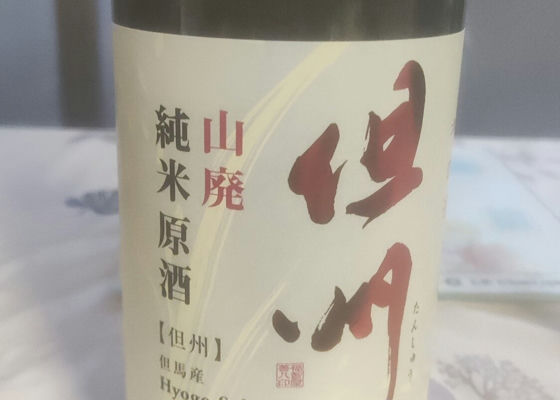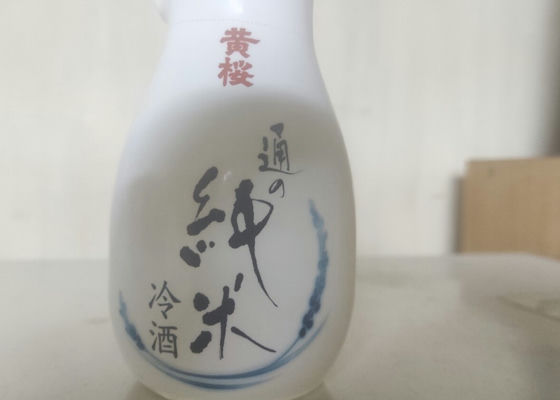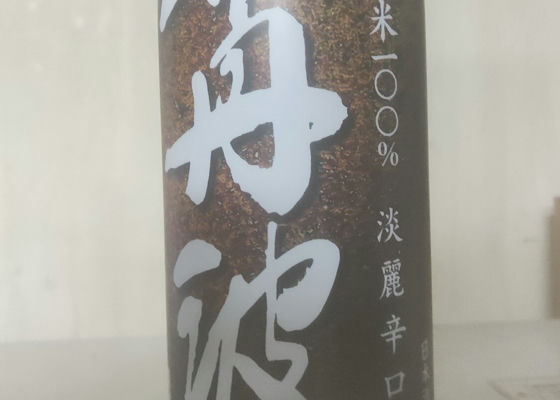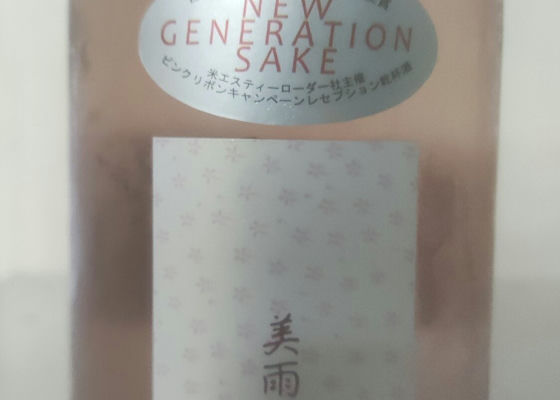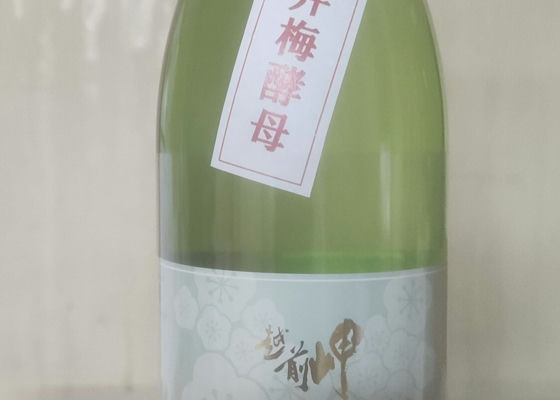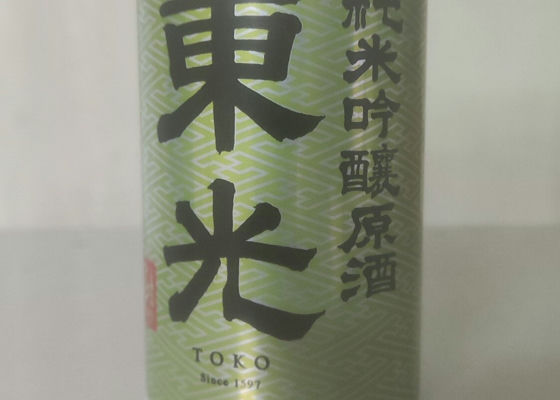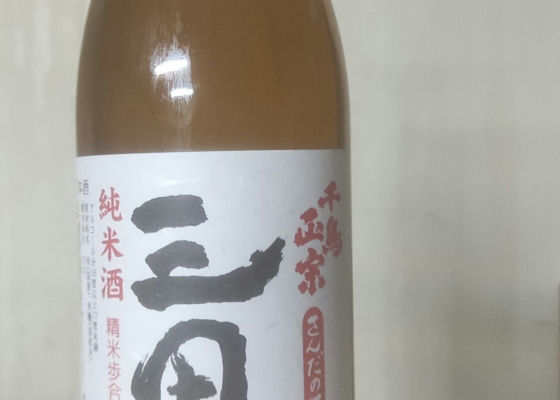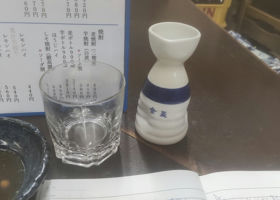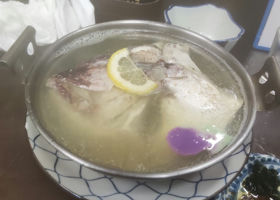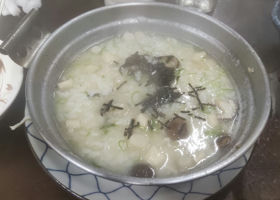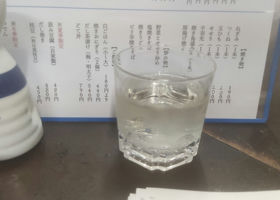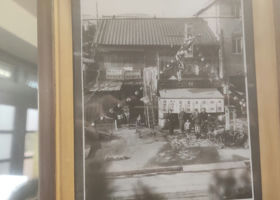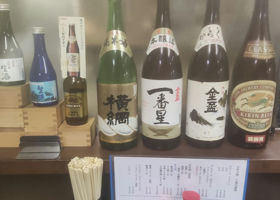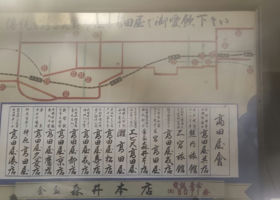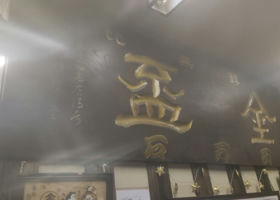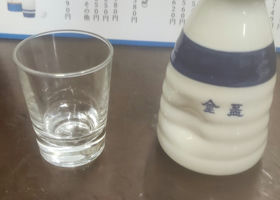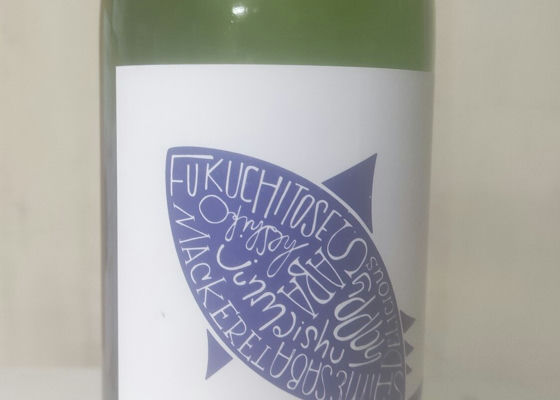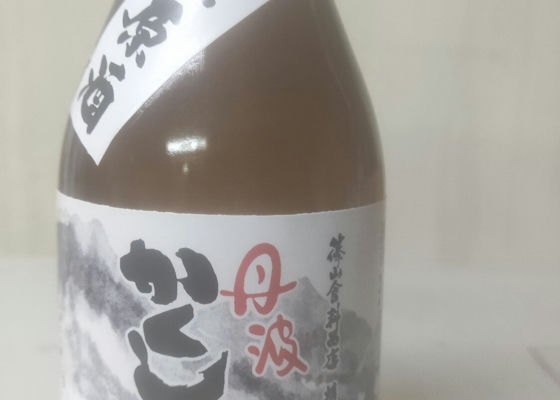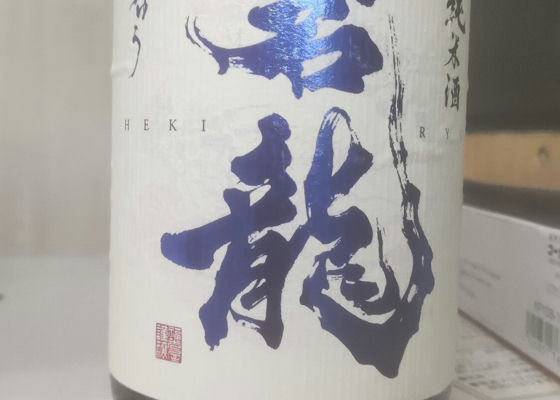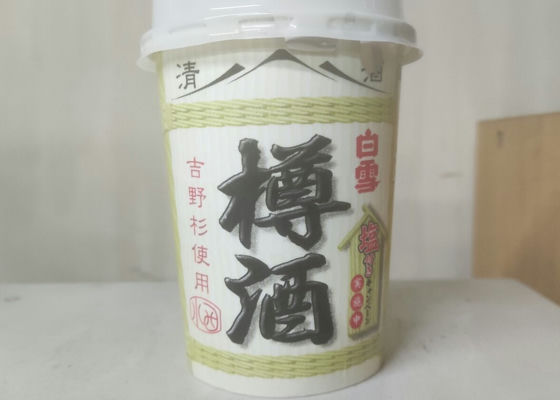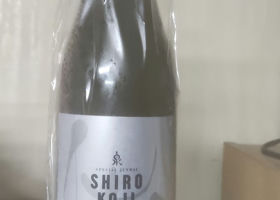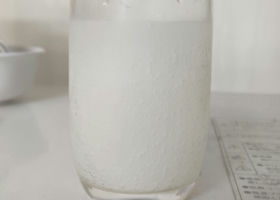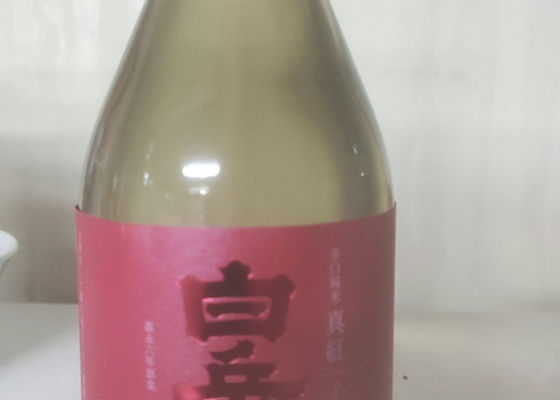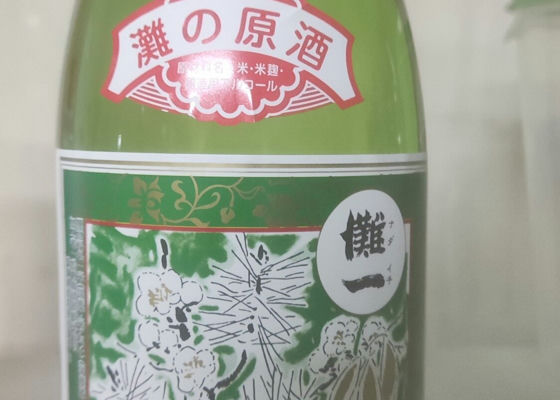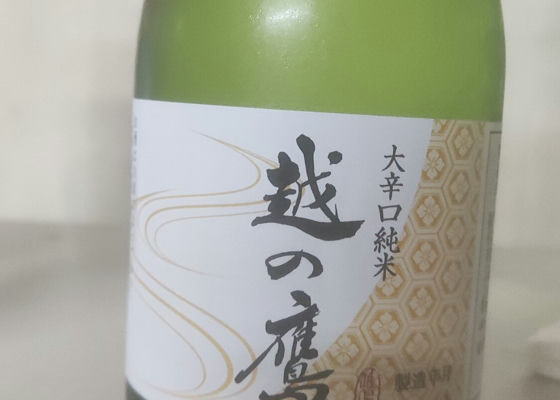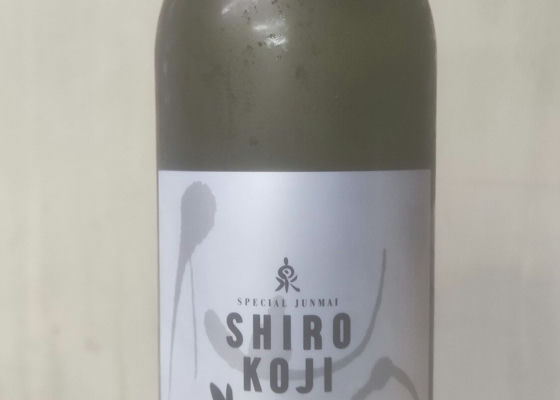
一本義 仙介🇺🇦
Nada sake.
It is one of my favorite sake.
It was in the fridge, so I opened it to get rid of the heat and for comfort after a little work.
It's a little bit petite and shwashy.
Not as good as the limited edition I had the other day, but it fills you up nicely.
Sharp sweetness and a refreshing aroma reminiscent of citrus fruits.
I feel like I'm drinking a gorgeous wine.
I can't get enough of this freshness.
How about when warmed up?
Smooth and sweet. The honest sweetness of rice.
A wave of zingy sweetness. The citrus taste remains the same.
No, I like this sweetness because it is elegant.
But I think you have to taste it cold to enjoy the freshness.
Japanese>English
